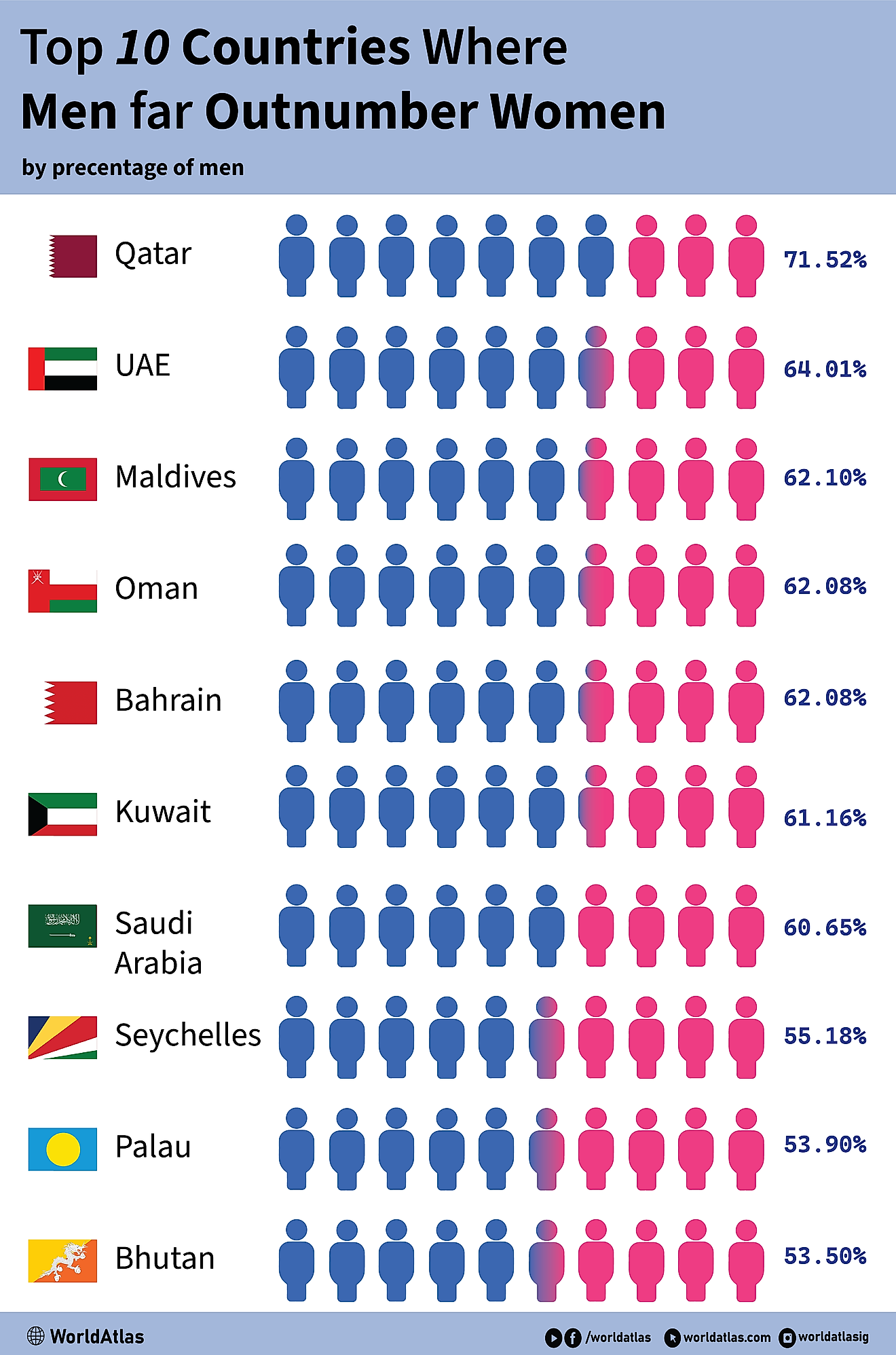Where Is Bohemia?

Where Is Bohemia?
Bohemia refers to an area located in Czechia (formerly called the Czech Republic). It was the largest and westernmost point of the historical portion of the Czech lands, which occupied an area of 20,102 square miles. From 1918 to 1939 and from 1945 to 1992, Bohemia was part of Czechoslovakia, and from 1993 onwards, it has been part of the Czech Republic (Czechia). The region referred to as Bohemia is home to about 6.5 million of Czechia's 10 million inhabitants.
Between the years of 1938 to 1945, parts of the border that had significant Germanic speaking ethnic minorities from all of the three Czech lands were incorporated into Nazi Germany as Sudetenland. The rest of the land became known as the Second Czechoslovak Republic, becoming a Protectorate of Moravia and Bohemia. Bohemia, together with the Czech lands, was given political independence within Czechoslovakia in 1969 as the Czech Socialist Republic. Later on, Czechoslovakia was dissolved, leading to the Czech Republic becoming a state on its own in 1993.
In the south, Bohemia is bordered by the Upper and Lower Austria, Germany, Moravia, Saxony and Lusaka, Bavaria, Poland, and Silesia. Most of the borders surrounding Bohemia are characterized by mountain ranges such as the Krkonoše (which is part of the Sudetes range), the Bohemian Forest, the Ore Mountains, with the Bohemian-Moravian boundary roughly following the watershed in Elde-Donau.
History Of Bohemia
Bohemia got its name from the Boii, a Celtic nation which was known for their settlement and migration to the Romans. King Marobodus led the Marcomanni and some other Suebic groups into modern Bohemia after he retreated from the Roman army in Germany, taking full advantage of the defense provided naturally by the vegetation. He formed alliances with the native tribes like the Hermunduri, Simmons, the Quadi, the Buriganga and the Lugii all at different periods in time that were all under the partial control of the Roman Empire. During the early middle Ages, two new Suebic groups migrated West of Bohemia, in southern Germany, with the Bavarians, in Baiuvarii and the Alemanni, around the Helvetian desert, while most of the Suebic tribes moved westwards migrating to Portugal and Spain.
Post Migration Bohemia
By the 6th century, following the end of the migration era, Bohemia was partially populated while the Slavic tribes came from the east bringing about the extinction of the Celtic, Sarmatian and Germanic languages. The Slavic arrival was categorized into two or three intervals. The first arrival was in 568AD, from the southeast and east, when the Germanic Lombards moved away from Bohemia. Later during the 630's to the 660's the Samo's tribal confederation took over the territory. However, the death of Samo resulted to an end to the Slavonic confederation. Bohemia's population was then further divided into the Beheimare, the Fraganeo, the Merehani and the Margarito. In the early 9th century, Christianity made its first appearance in the region later spreading and gaining dominance in the 10th or 11th century. According to the history of Bohemia, the 9th century was a significant era in regards to the future of Bohemia. While the central Fraganeo-Czechs’ influence increased, there was a decline of the manorial system, hence contributing to the development of diversity among the neighboring communities prompting the establishment of a new nation.











